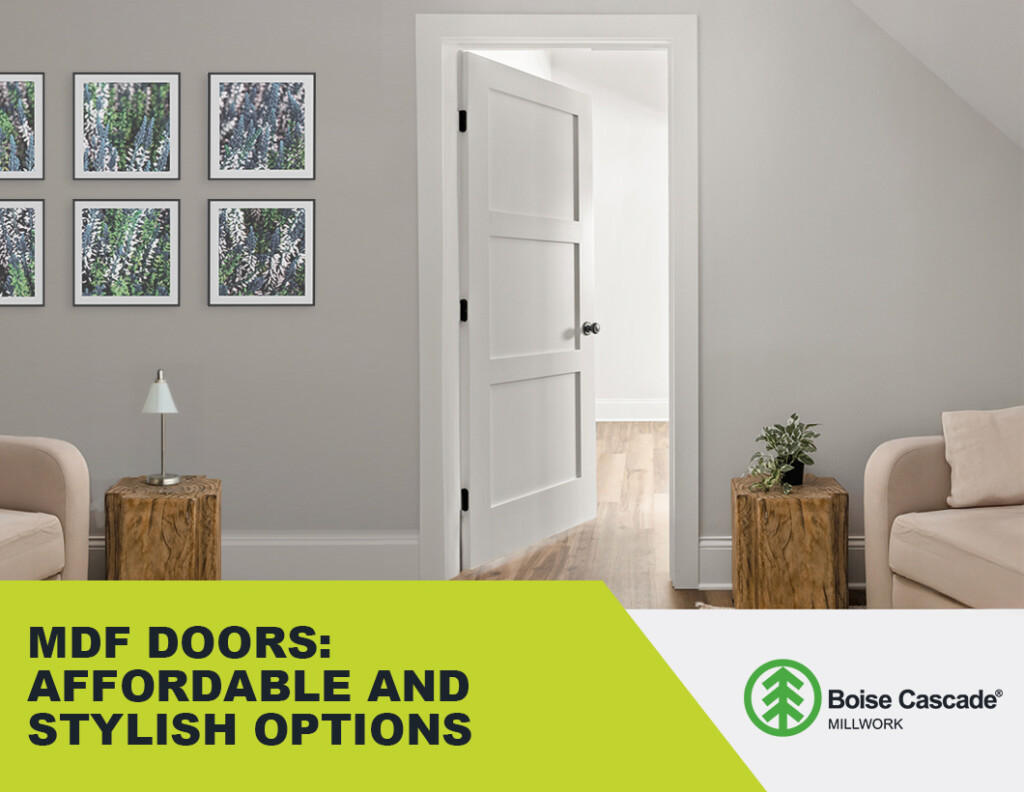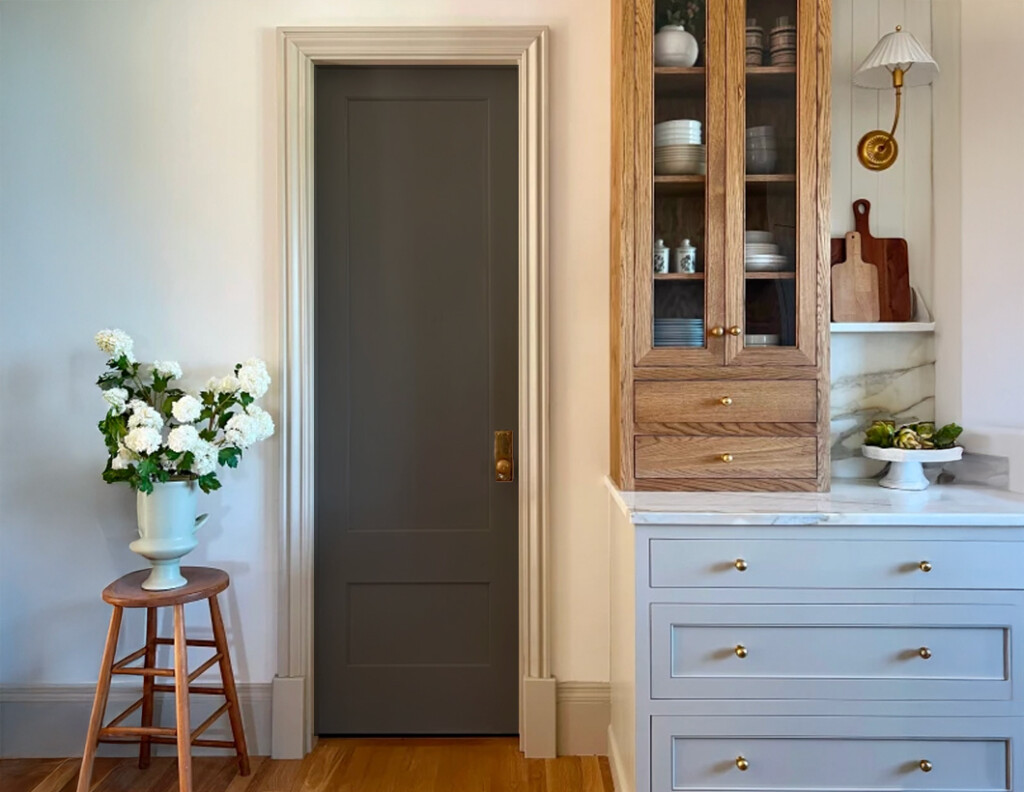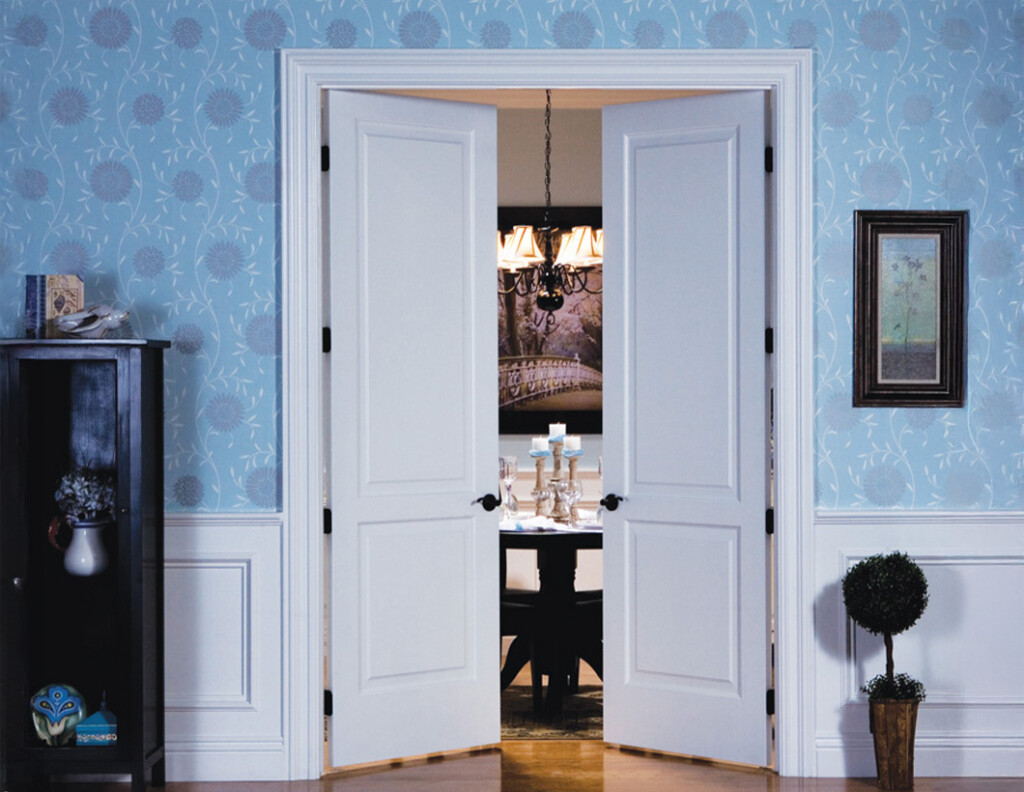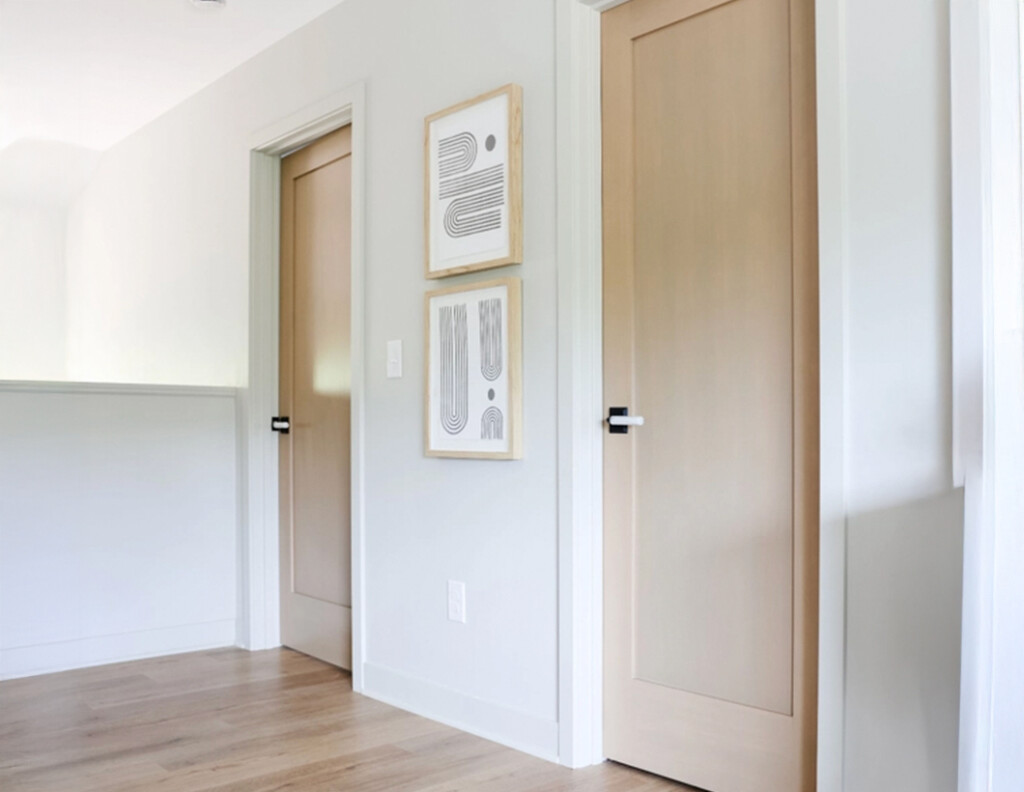Menu


Are you looking for stylish and budget-friendly door options that won’t break the bank? In today’s home improvement market, finding the perfect balance between quality, aesthetics, and affordability can feel like an uphill battle. Fortunately, MDF doors have emerged as a popular choice among homeowners who refuse to compromise on either style or budget.
MDF doors offer incredible versatility and cost-effectiveness, making them an attractive option for both DIY enthusiasts and professional contractors. This comprehensive guide will explore what MDF doors are, provide detailed painting instructions, examine their durability, and break down typical costs, helping you make an informed decision about whether they’re the right choice for your home renovation project.

MDF stands for Medium-Density Fiberboard, and understanding this material is crucial to appreciating why MDF doors have become so popular in recent years. MDF is an engineered wood product created through a sophisticated manufacturing process that combines wood fibers, resin, and wax. These materials are compressed under high pressure and temperature to create dense, uniform panels that serve as excellent building materials.
The composition of MDF gives it several distinctive characteristics that make it ideal for door construction. First, MDF provides a completely smooth and consistent surface with no natural wood grain patterns. This uniform texture creates an excellent canvas for paint and other finishes. Second, the engineered nature of MDF makes it remarkably stable and resistant to the warping and cracking that often plague solid wood doors, especially in environments with fluctuating humidity levels. Third, MDF is incredibly easy to cut, shape, and machine into various designs, allowing manufacturers to create intricate panel patterns and decorative details that would be much more expensive to achieve with solid wood.
MDF doors are commonly used for interior applications throughout the home. You’ll find them serving as passage doors between rooms, bifold doors for closets, pantry doors in kitchens, and cabinet doors in both kitchens and bathrooms. Their versatility and consistent appearance make them particularly well-suited for modern homes where clean lines and uniform finishes are desired.
Proper painting is essential for both the aesthetic appeal and long-term protection of MDF doors. While MDF provides an excellent painting surface, following the correct process ensures a professional-looking finish that will last for years to come.
The foundation of any great paint job begins with thorough preparation. Start by cleaning the door surface completely to remove any dust, dirt, or manufacturing residues that could interfere with paint adhesion. Once clean, lightly sand the entire surface using fine-grit sandpaper, typically 220-grit, to create a slightly rough texture that helps the primer bond effectively. After sanding, use a tack cloth or slightly damp rag to wipe away all dust particles, ensuring a completely clean surface for the next step.
Priming is perhaps the most critical step when painting MDF doors. The porous nature of MDF means it can absorb paint unevenly without proper priming, leading to blotchy or inconsistent results. Use a high-quality, oil-based or shellac-based primer specifically designed for MDF or similar engineered wood products. Apply one to two coats of primer, allowing adequate drying time between coats as specified by the manufacturer. If you notice any roughness after the primer has dried, lightly sand with fine-grit sandpaper to achieve a perfectly smooth foundation for your topcoat. Boise Cascade Millwork offers Simpson® Door Company Redi-Prime® doors, which simplify the painting process by arriving already primed and ready to paint—saving valuable time and ensuring a consistent, professional finish.
When selecting paint for your MDF doors, choose high-quality latex or acrylic-latex for the best results and durability. Apply the paint in two to three thin, even coats rather than attempting to achieve full coverage in a single heavy application. Use a high-quality roller for smooth surfaces and a brush for detailed work around panels and edges. Each coat should be allowed to dry completely before applying the next, following the manufacturer’s recommended drying times.

After your final coat has been applied, resist the temptation to immediately reinstall or heavily use the doors. Paint needs time to fully cure and reach its maximum hardness and durability. This curing process can take several days to a week, depending on environmental conditions. Patience during this phase will reward you with a more durable and professional-looking finish.
For the best results, ensure proper ventilation during the entire painting process, maintain a clean work environment free from dust and debris, and always apply light, even coats rather than trying to rush the process with heavy applications.
For interior applications, MDF doors offer excellent durability that often exceeds homeowner expectations. Understanding both their strengths and limitations helps set appropriate expectations and ensures proper use.
The engineered nature of MDF provides several durability advantages over traditional solid wood doors. Most notably, MDF doors demonstrate exceptional stability and are far less prone to warping, cracking, and splitting than their solid wood counterparts. This stability is particularly valuable in homes with fluctuating humidity levels, where solid wood doors might expand and contract enough to cause operational problems. The smooth, dense surface of MDF also resists minor dents and dings relatively well, maintaining its appearance longer than softer wood species.
However, MDF doors do have some limitations that must be considered. Water damage represents the most significant vulnerability, as MDF can swell and become permanently damaged when exposed to significant moisture. This makes proper sealing crucial in high-humidity environments like bathrooms and generally makes MDF unsuitable for exterior applications. While MDF doors can withstand normal household impacts, they can be damaged by sharp or severe impacts, though such damage is often repairable with wood filler and repainting. Additionally, MDF doors tend to be heavier than hollow-core alternatives, which may require more robust hinges and hardware.
Proper installation and regular maintenance significantly extend the lifespan of MDF doors. Ensuring adequate clearance for seasonal movement, using appropriate hardware, and maintaining the paint finish all contribute to long-term durability and performance.

MDF doors represent an outstanding balance of affordability, style versatility, stability, and ease of finishing that makes them ideal for a wide range of home improvement projects. Their engineered construction provides superior stability compared to solid wood, while their smooth surface creates the perfect canvas for achieving professional-quality painted finishes. The ability to create intricate designs and details at a fraction of the cost of solid wood doors makes them particularly appealing for homeowners who want custom looks without custom prices.
These doors excel in interior applications where their durability and aesthetic appeal can be fully appreciated. Whether you’re updating a single room or renovating an entire home, MDF doors offer the consistency and quality that professional-looking results demand.
MDF doors truly offer a fantastic balance of cost-effectiveness and aesthetic appeal, making them a smart choice for updating your home. Their combination of affordability, durability, and versatility ensures that you can achieve the look you want while staying within your budget, proving that sometimes the best solutions are also the most practical ones.
MDF doors are made from Medium-Density Fiberboard, an engineered wood product created by compressing wood fibers, resin, and wax under high heat and pressure to form durable, uniform panels.
Yes, MDF doors are ideal for painting due to their smooth, grain-free surface. For the best results, use a high-quality primer and apply two to three coats of latex or acrylic-latex paint, allowing proper drying and curing time.
MDF doors are not ideal for high-moisture areas unless properly sealed. Prolonged exposure to water can cause the material to swell or warp, so extra care is required in humid spaces.
MDF doors offer excellent stability and are less likely to warp or crack compared to solid wood. While they resist minor dents and scratches, they are not as impact-resistant as some hardwoods.
MDF doors are typically used for interior applications such as bedroom doors, closet doors, pantry doors, and cabinet doors. Their clean, consistent appearance makes them ideal for modern interiors.
